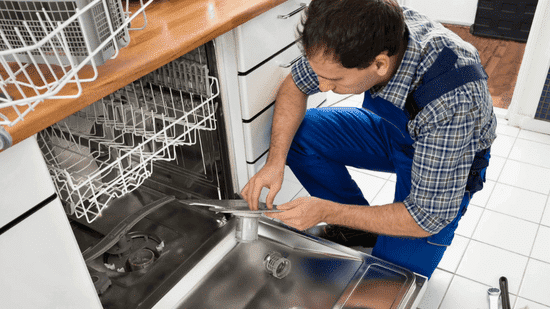
Your restaurant’s walk-in cooler fails on Friday night during dinner service. You’ve got $8,000 worth of food inside and a dining room full of customers. Every minute that cooler stays broken costs you money in multiple ways you might not immediately calculate.
Lost food inventory is obvious. Lost sales from menu items you can’t serve matter too. Staff standing idle instead of working productively costs wages without revenue. Customers leaving disappointed might not return. Online reviews mentioning food shortages damage your reputation for months.
By Monday when repairs finally happen, that cooler failure has cost you $15,000 or more in various losses. The $800 repair bill seems insignificant compared to the downtime costs.
Commercial appliance downtime creates financial damage far beyond residential inconvenience. Understanding these costs changes how businesses approach maintenance, repairs, and equipment management. This guide breaks down the real costs of commercial appliance failures and why investing in preventive maintenance and rapid response repairs actually saves money.
Direct Revenue Loss From Downtime
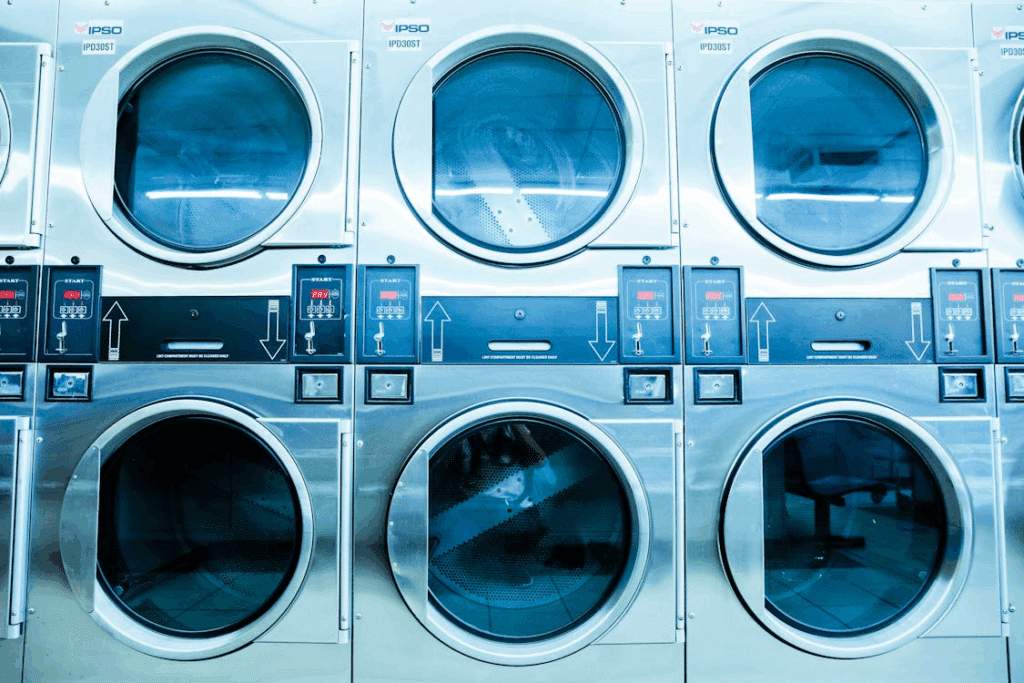
When commercial appliances fail, your business loses money immediately through several direct channels that compound quickly.
Sales You Can’t Make
Every hour your equipment is down represents sales you can’t complete. A restaurant can’t serve menu items without working kitchen equipment. A laundromat can’t rent machines that don’t work. A hotel can’t sell rooms with broken air conditioning.
Calculate your average hourly revenue, then multiply by downtime hours. A restaurant averaging $500 hourly during dinner service loses $2,000 during a four-hour equipment failure. That’s $2,000 that never comes back regardless of when equipment gets fixed.
Peak periods make this worse. Equipment failing during your busiest times causes maximum revenue loss. Saturday breakfast rush, Friday night dinner service, holiday shopping periods. Downtime during these critical windows devastates daily revenue.
Wasted Inventory
Food service businesses suffer massive inventory losses when refrigeration fails. Thousands of dollars in perishable inventory becomes unusable within hours of temperature control loss.
Even if you restore refrigeration quickly, health codes often require discarding food that exceeded safe temperature ranges. You lose the inventory cost plus the sales you would have made using that inventory.
Other businesses face similar inventory issues. Hotels can’t sell rooms without functioning climate control. Laundromats can’t use machines with failures. Manufacturing facilities can’t produce without equipment working. Each represents inventory or capacity you’re paying for but can’t utilize.
Scheduled Commitments You Can’t Meet
Catering companies with equipment failures miss booked events. Food trucks can’t operate at scheduled locations. Businesses with time-sensitive orders can’t meet delivery commitments.
These failures often trigger penalty clauses, cancellation fees, or refunds. You lose the revenue from the commitment plus additional money in penalties or compensation.
Worse, you damage relationships with clients who won’t book with you again after you failed to deliver. Future revenue disappears because current equipment failures destroyed reliability reputations.
Indirect Costs That Compound Losses

Beyond immediate revenue loss, equipment downtime creates indirect costs that extend financial damage beyond the obvious.
Labor Inefficiency
Your staff still gets paid during equipment downtime even though they can’t work productively. Kitchen staff standing idle during stove repairs earn wages without producing revenue.
You might send staff home early, reducing their hours and income. This creates staff satisfaction problems potentially leading to turnover. Replacing trained staff costs thousands in recruiting and training expenses.
Alternatively, you keep staff working on other tasks, but those tasks are less valuable than their normal roles. You’re paying chef wages for cleaning work that could wait. That’s inefficient resource allocation costing you money.
Customer Satisfaction Damage
Customers experiencing service problems during equipment failures form negative impressions affecting future business. Restaurant diners frustrated by limited menus due to equipment failures might not return.
Hotel guests uncomfortable in rooms with broken air conditioning leave negative reviews affecting bookings for months. Laundromat customers finding broken machines go to competitors and might not return even after repairs.
This reputation damage costs future revenue that’s hard to quantify but very real. One equipment failure creates customer loss extending far beyond the actual downtime period.
Stress and Management Time

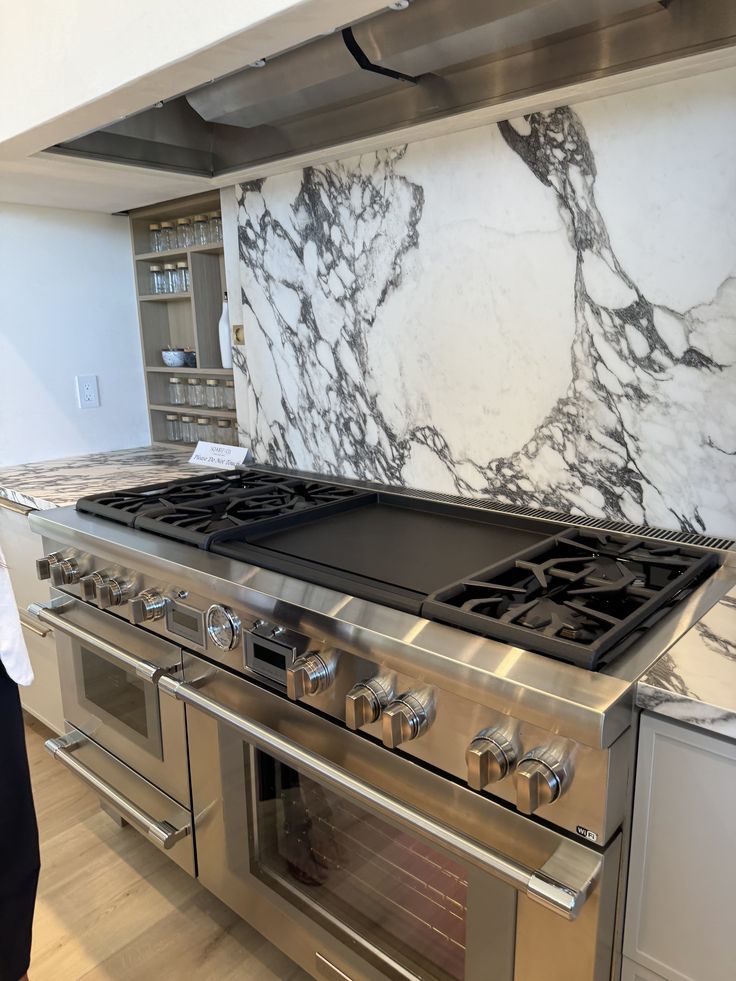
Business owners and managers spend hours dealing with equipment emergencies rather than focusing on revenue-generating activities. Finding repair services, supervising repairs, managing customer complaints, handling insurance claims.
This management time has opportunity cost. Every hour managing equipment crises is time not spent on marketing, staff development, business planning, or customer service. Those lost opportunities cost money even though you’re not writing checks for them.
Emergency Service Premiums
Equipment failing during peak times or outside business hours requires emergency service commanding premium rates. You’ll pay 50 to 100 percent more for immediate response versus scheduled maintenance.
These emergency premiums add to repair costs unnecessarily. Preventive maintenance would have addressed problems during regular business hours at standard rates. Emergency repairs cost more while still requiring you to close or operate at reduced capacity during the work.
Industry-Specific Downtime Impacts

Different business types experience downtime costs differently based on their specific operations and customer expectations.
Food Service Operations
Restaurants, cafes, and catering businesses face extreme downtime sensitivity. Food safety regulations mean refrigeration failures require discarding inventory regardless of actual spoilage. Commercial ovens failing during service mean entire menu sections become unavailable.
A single equipment failure during peak service can cost restaurants $5,000 to $10,000 in lost sales, wasted inventory, and reputation damage. Repeat failures or extended downtime can exceed $20,000 easily.
Maintaining equipment through reliable commercial appliance repair services minimizes these risks and keeps kitchens operating consistently during critical service periods.
Hospitality and Accommodation
Hotels and motels depend on functioning rooms for revenue. Climate control failures make rooms unsellable. A 20-room property with air conditioning failure during summer loses thousands in daily room revenue.
Beyond lost room sales, hotels must compensate guests for poor experiences through discounts, refunds, or complimentary services. These costs compound the revenue loss from empty rooms.
Commercial properties in regions with extreme weather need reliable climate control systems. Working with services specializing in commercial heat pumps in Auckland ensures proper maintenance and rapid response when issues develop.
Laundry Services
Laundromats and commercial laundry facilities operate on thin margins where equipment utilization directly determines profitability. Machines that don’t work can’t generate revenue.
A laundromat with 30 machines losing ten to failures operates at 33 percent reduced capacity. If those machines averaged $200 daily revenue, that’s $2,000 daily loss during downtime. Weekend failures during peak demand cost even more.
Retail Operations
Retail businesses need climate control for customer comfort and product protection. Grocery stores require extensive refrigeration. Clothing stores need comfortable shopping environments.
Equipment failures drive customers away immediately. Shoppers don’t browse in uncomfortable temperatures. Refrigerated products spoil. Sales drop to zero until repairs complete and customers return.
The Preventive Maintenance Equation

Understanding downtime costs makes preventive maintenance economics obvious. Scheduled maintenance costs seem like expenses but they’re actually investments preventing much larger losses.
Maintenance Costs Versus Downtime Costs
A commercial refrigeration maintenance contract might cost $1,200 annually. That seems expensive until you calculate that a single equipment failure costs $8,000 in lost inventory plus $5,000 in lost sales.
Maintenance that prevents one failure per year pays for itself multiple times over. Most maintenance contracts prevent multiple failures annually, making the return on investment extremely positive.
Even if maintenance only reduces failure frequency by 50 percent, the downtime savings far exceed maintenance costs. Every prevented failure saves thousands in direct and indirect costs.
Early Problem Detection
Maintenance visits identify developing problems before they cause failures. A refrigerator compressor making unusual sounds gets attention before it dies during Saturday dinner rush.
Addressing small problems during scheduled maintenance costs less than emergency repairs. You’re also choosing when downtime occurs, scheduling it during slow periods rather than suffering failures during peak demand.
This control over timing dramatically reduces downtime impact. A Tuesday morning repair during off-hours creates minimal disruption. The same failure on Saturday night devastates your revenue.
Extended Equipment Life
Properly maintained commercial equipment lasts significantly longer than neglected equipment. That extended life delays expensive replacement costs and maximizes your return on equipment investments.
A commercial oven costing $15,000 that lasts 15 years with maintenance versus 10 years without maintenance saves you five years of use. That’s thousands in delayed capital expenses.
Extended life also means fewer disruptions from equipment replacement projects. Installing new equipment requires downtime even when planned. Extending existing equipment life minimizes these necessary but disruptive projects.
Warranty Protection
Many commercial appliances include warranties requiring regular professional maintenance. Skipping maintenance voids warranties, leaving you liable for full repair costs.
Maintaining equipment preserves warranty coverage worth thousands in potential repairs. The maintenance costs less than repairs you’d pay without warranty protection.
Choosing Commercial Repair Services Wisely
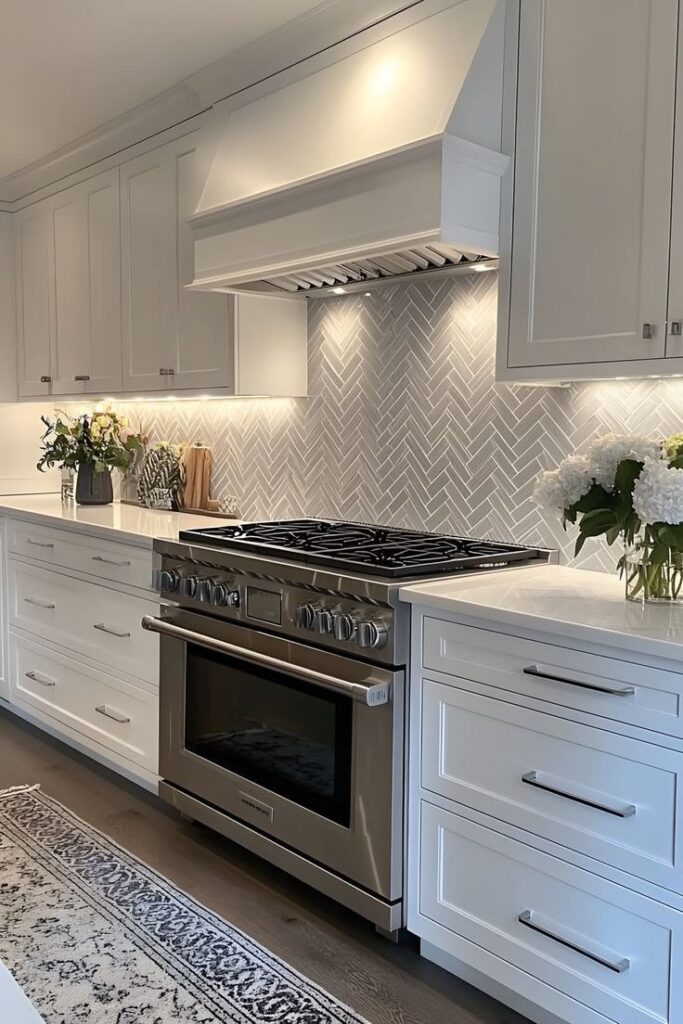

Not all commercial appliance repair services meet business needs. Choosing appropriate services makes the difference between minimal disruption and extended costly downtime.
Response Time Commitments
Commercial operations need faster response than residential service provides. Hours matter for businesses in ways they don’t for homes. Choose services offering guaranteed response times for commercial clients.
Emergency availability matters too. Equipment failing Friday evening needs attention before Monday. Services operating business hours only don’t serve commercial needs adequately.
Commercial Equipment Expertise
Commercial appliances differ substantially from residential equipment. Technicians need specific training and experience with commercial systems, not just general appliance knowledge.
Ask about commercial-specific experience. How many commercial clients do they serve? What types of commercial equipment do they regularly service? Can they provide commercial references?
Generic appliance repair services might handle residential equipment well but lack commercial equipment knowledge. Specialized commercial services understand the equipment complexity and business urgency your situation requires.
Parts Availability
Commercial equipment downtime extends when services lack parts access. Quality commercial services maintain commercial parts inventory or have rapid access through commercial supplier relationships.
Ask about parts availability for your specific equipment. Do they stock common commercial parts? Can they access parts same-day or overnight? What’s their typical turnaround for parts they must order?
Service Contracts and Maintenance Programs
Look for services offering maintenance contracts tailored to commercial operations. These programs provide scheduled maintenance, priority service, and often discounted repair rates.
Good maintenance contracts include regular inspection schedules, detailed service reports, and plans tracking equipment condition over time. They should also specify response time guarantees for emergency calls.
Calculating Your Actual Downtime Costs
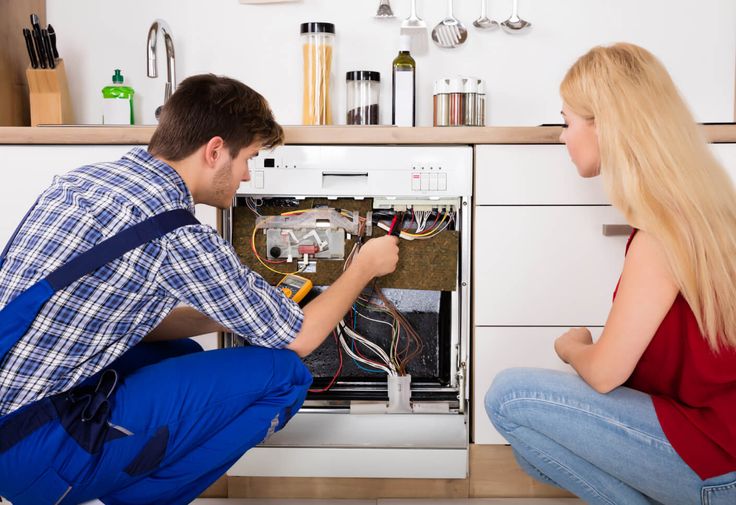
Every business should calculate its specific downtime costs to understand maintenance and repair investment economics properly.
Track Average Revenue Per Hour
Calculate your typical hourly revenue during different periods. Peak hours revenue differs from off-peak. Weekend rates might differ from weekdays. Understanding these patterns helps you calculate specific failure costs.
Multiply hourly revenue by expected downtime for equipment failures. A four-hour repair during peak dinner service costs your full peak-hour revenue rate times four hours. That’s your baseline revenue loss.
Add Inventory Loss Potential
For businesses with perishable inventory, calculate what you’d lose if refrigeration failed. Count inventory in coolers and freezers. That’s your maximum potential loss.
Even if you don’t lose everything during short failures, understand the risk. This helps justify backup systems, temperature monitoring, and emergency response investments.
Factor Indirect Costs
Add labor inefficiency costs, likely customer satisfaction impacts, and management time to your direct revenue loss. These indirect costs often equal or exceed direct losses but get overlooked in quick calculations.
Include long-term reputation impacts too. Lost customers from poor experiences during equipment failures cost future revenue extending months beyond actual downtime.
Compare to Prevention Costs
Once you know your downtime costs, compare them to maintenance and quality repair service expenses. You’ll likely find that prevention costs are tiny compared to what failures cost you.
This analysis justifies maintenance budgets, emergency service premiums, and investing in quality commercial repair relationships. The costs that seemed expensive become obviously economical.
Stop Accepting Downtime as Normal
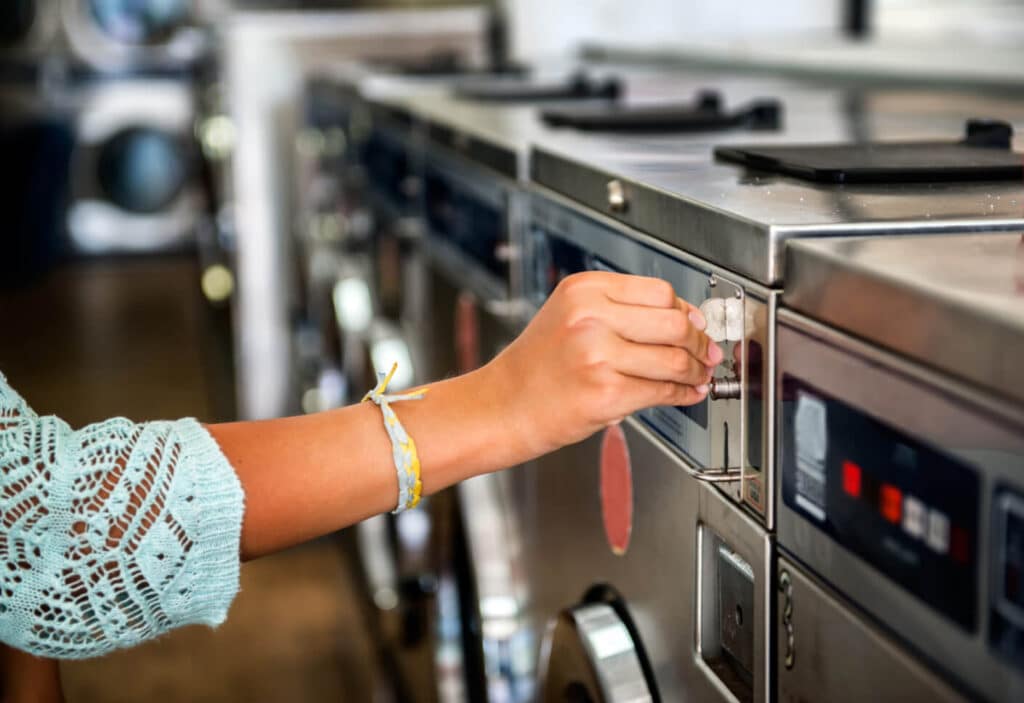
Commercial appliance failures don’t have to be inevitable disruptions that devastate your revenue. Proper maintenance prevents most failures. Quality commercial repair services minimize downtime when problems occur.
Stop treating equipment maintenance as optional expense you avoid to save money. Calculate what downtime actually costs your business. Compare those costs to maintenance investments. The economics favor prevention overwhelmingly.
Build relationships with commercial repair services before emergencies happen. Services familiar with your equipment respond more effectively during crises. They understand your operations and prioritize your business appropriately.
Invest in maintenance contracts providing regular service and priority emergency response. These contracts cost less than one prevented failure saves. They also provide predictable maintenance budgets rather than unpredictable emergency expenses.
Monitor equipment performance and address developing problems immediately. Small issues caught early cost less to fix and cause less disruption than catastrophic failures during peak business periods.
Your commercial equipment isn’t optional. It’s fundamental infrastructure that your business absolutely requires to generate revenue. Treat it accordingly through proper maintenance, quality repair services, and rapid response to problems. The money you invest in equipment care returns many times over through prevented downtime, extended equipment life, and reliable operations that keep customers satisfied and revenue flowing consistently.
- 0shares
- Facebook0
- Pinterest0
- Twitter0


